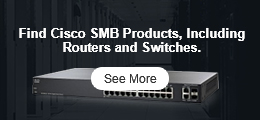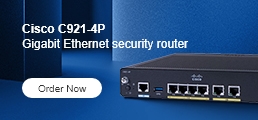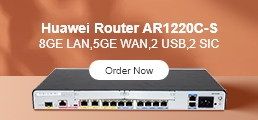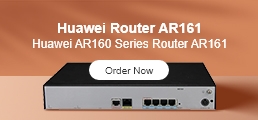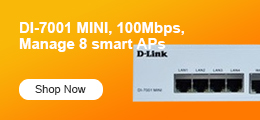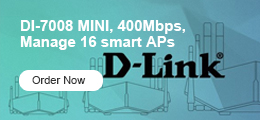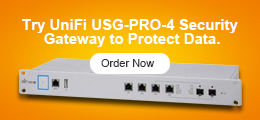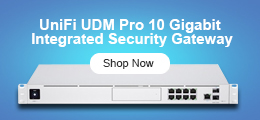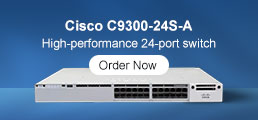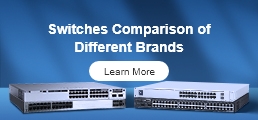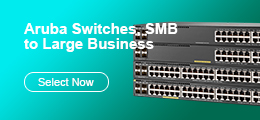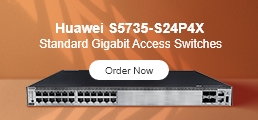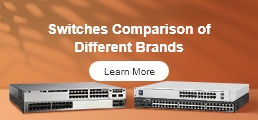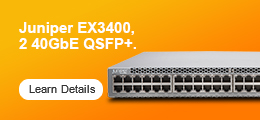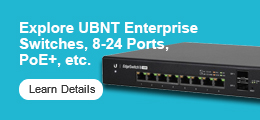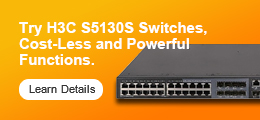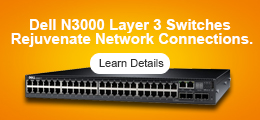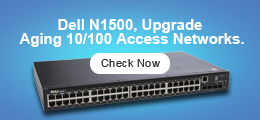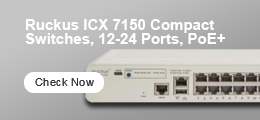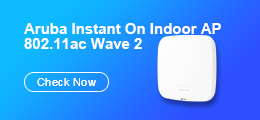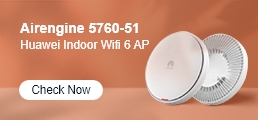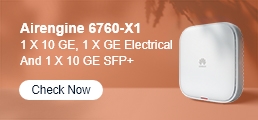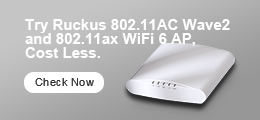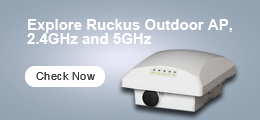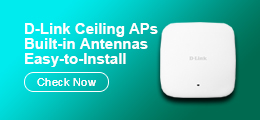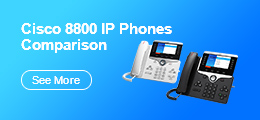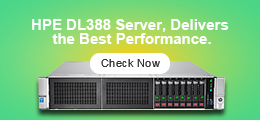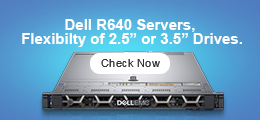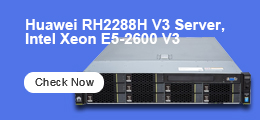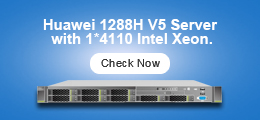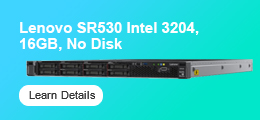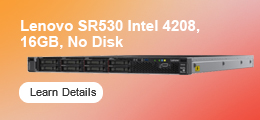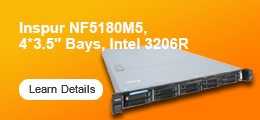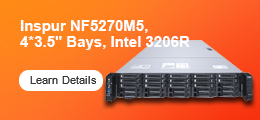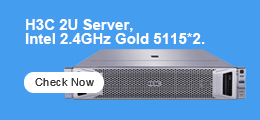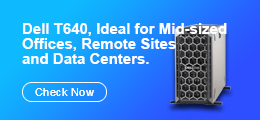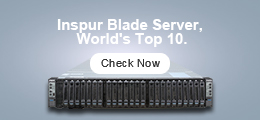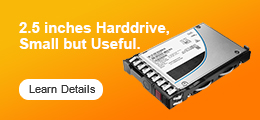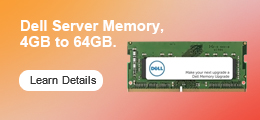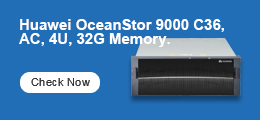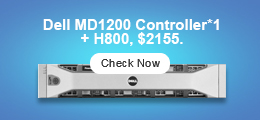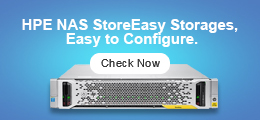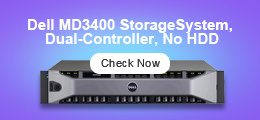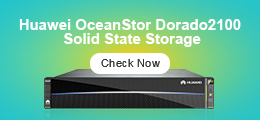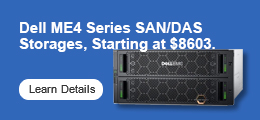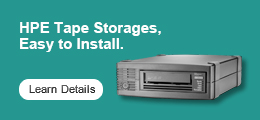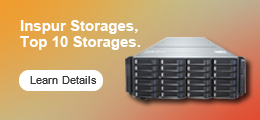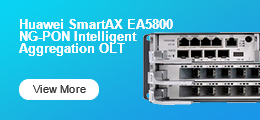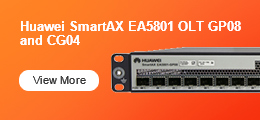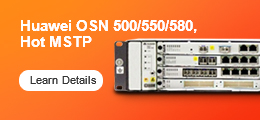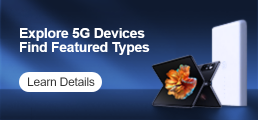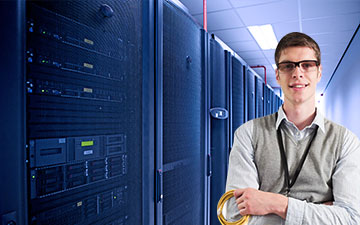A core switch is the backbone of a large-scale network, designed to handle massive volumes of traffic with ultra-low latency and maximum reliability. Sitting at the top of the hierarchical model, core switches interconnect distribution layer switches and provide high-speed data transfer across network segments.
Unlike access or distribution switches, a core switch is optimized for Layer 3 performance, modular scalability, and redundancy. In smaller networks, it may be combined with the distribution layer in a collapsed core architecture.
Key Features of Core Switches
| Feature | Description |
| High-Speed Data Aggregation | Supports port speeds from 10G to 400G+, with large buffers and wire-speed forwarding. |
| Layer 3 Routing | Enables IP routing between VLANs, subnets, and security zones, with advanced routing protocols. |
| Redundancy & Reliability | Includes dual power supplies, hot-swappable modules, link aggregation (LAG), and support for HSRP/VRRP. |
| Scalability | Modular chassis or stackable designs make it easy to scale as your network grows. |
| Security & Management | Offers ACLs, 802.1X support, SNMP, CLI/Web GUI, and network access control. |
| Buffering Capacity | Large buffers handle bursty traffic and reduce packet loss in data center or campus environments. |
When Do You Need a Core Switch?
- Large Enterprises & Campuses: Centralizing traffic across multiple departments or locations.
- Data Centers: Supporting real-time applications, virtualization, and high-throughput computing.
- High Bandwidth Applications: VoIP, video conferencing, large file transfers, or AI workloads.
- Mission-Critical Uptime: Environments where downtime equals financial risk.
- Future-Proofing: Preparing for network growth without major overhauls.
How to Choose the Right Core Switch
| Criteria | What to Consider |
| Performance | Required port speeds (10/25/40/100/400Gbps), switching capacity, and latency requirements. |
| Modularity | Chassis-based systems with hot-swappable line cards and redundant power options. |
| Redundancy | Dual PSU, fan modules, link aggregation, and failover support like HSRP or VRRP. |
| Management | SNMP, NetFlow, CLI/Web GUI, and automation/monitoring integrations. |
| Security | ACLs, VLAN segmentation, port isolation, and 802.1X support. |
| Total Cost of Ownership | Include power consumption, support contracts, and expansion needs. |
| Vendor Support | Choose vendors with strong documentation, updates, and enterprise SLAs. |
Top Core Switch Solutions: Model Comparison
| Model | Recommended Network Size | Port Speed | Form Factor | Stacking / Modularity | Routing Capabilities | Management Interface | Typical Use Case |
| Cisco Catalyst 9600 | Large Enterprises / Campuses | 10G / 40G / 100G | Modular Chassis | Modular | Advanced Layer 3 (BGP, OSPF, EIGRP) | CLI, DNA Center | Core layer in large-scale campus networks |
| Cisco Catalyst 9500 | Medium Enterprises | 1G / 10G / 25G / 40G | Fixed | Stackable | Advanced Layer 3 | CLI, Web GUI | Core/distribution in midsize networks |
| Cisco Meraki MS400 | SMB / Branch Core | 1G / 10G | Fixed | Stackable | Basic Layer 3 (Static, OSPF) | Cloud-managed | Simplified cloud-managed core layer |
| Huawei CE S12700 | Medium–Large Campus Networks | 10G / 40G / 100G | Modular Chassis | Modular | Full L3 + VXLAN | CLI, iMaster NCE | Enterprise/government campus cores |
| Huawei CE S8700 | Large Data Centers | 25G / 40G / 100G / 400G | High-Density Fixed | Stackable | Data center-grade L3 + SDN | SDN, NCE, CLI | Spine/core switch in data center fabrics |
| Aruba CX 8400 | Mid–Large Networks | 10G / 40G / 100G | Modular Chassis | Modular | Full L3 (BGP, OSPF, VRF) | CLI, Web, Aruba Central | Core/distribution in modern networks |
| Aruba CX 9300 | High-Density Data Centers | 40G / 100G | Fixed | Stackable | Full L3 + EVPN/VXLAN | CLI, Aruba Central | Spine/core in data center networks |
Conclusion: Is It Time for a Core Switch?
If your organization requires high-speed, always-on network connectivity, a core switch is not a luxury—it’s a necessity. Whether you're building a data center, scaling an enterprise network, or upgrading for future performance, selecting the right core switch ensures stability, performance, and growth readiness.


